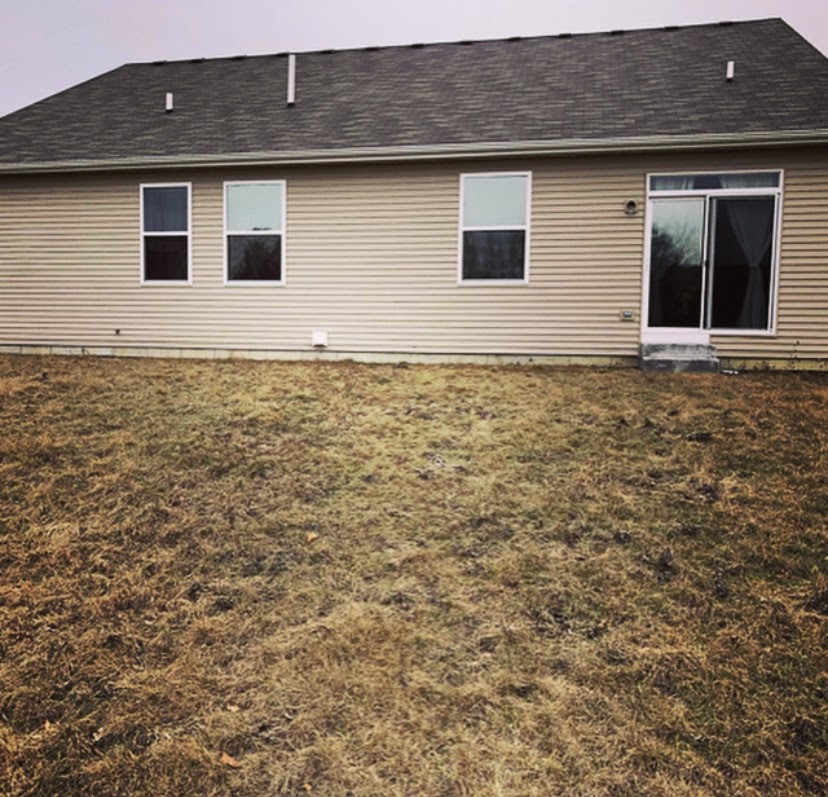
Fall is a perfect time to remodel a back garden landscape. If you plant perennials, shrubs, and trees a month or so before the first frost, they will not require the heavy watering over the winter that the plants might require when planted during the summer heat. That alone is a great encouragement to plant during the fall. However, autumn also brings cooler temperatures, which makes building hardscapes and planting plants easier on the landscaper.
Divide the Perennials & Mulch
Without a doubt, the best time to divide plants is in the fall. Using a sharp spade or shovel, most perennials can be cut in half and spread around the garden as it is needed based on the preferred design.
When replanting the perennials, be sure to add a generous amount of fresh compost in each planting hole, then once planted, mulch with a two-to-three-inch layer of mulch for winter protection.
In fact, fall is a very smart time to mulch all the landscaped planting beds. Weed the area well, then lay down the mulch. For heavy weeded areas, a natural way of taking care of the weeds is to lay down a thick layer of newspaper or cardboard on top of the weeds, then top with mulch. This trick will smother the weeds over the winter season so you will start with less weeds the following spring.


Restructure the Back Garden Hardscape
With the cool temperatures of Autumn enveloping the garden, lots of plants start to thin due to the weather. This makes it easier to clear out the plants, then rebuilding hardscape pathways, low stone fences, and pergolas as seen in the before and after design on this page.
Need help designing your hardscaping? Choose iScape as your in-hand design service. iScape enables you to choose all types of hardscaping products, then place them in the garden design before expensive purchases are made. This is the fastest way to find a look the homeowner loves without the risk and expense of demolition.
Get Leaves Off the Grass and Into the Beds
Letting leaves sit on nice green grass in the fall can mean large burnt looking areas of grass in the spring. Leaves can smother grass and gardens alike. The trick is to rake leaves into a pile, mow over the pile with a mulching mower, then rake or blow the leaves into your garden beds.
It gets the leaves off of the grass and the tiny bits of mulching mower cut leaves will enable the leaf bits to compost down in the soil without killing the plants. Do not pile the cut leaves in thick piles, but distribute it around the beds loosely for best effect.
If you must collect the leaves and not use them as garden bed fodder, the smartest way to do so is to blow the leaves onto a tarp. Fold the tarp up and drip the leaves out of the side of the tarp into a collection bag. Works like a charm!
Download iScape now and create amazing designs for your landscape. iScape it!




.jpg)

.jpg)